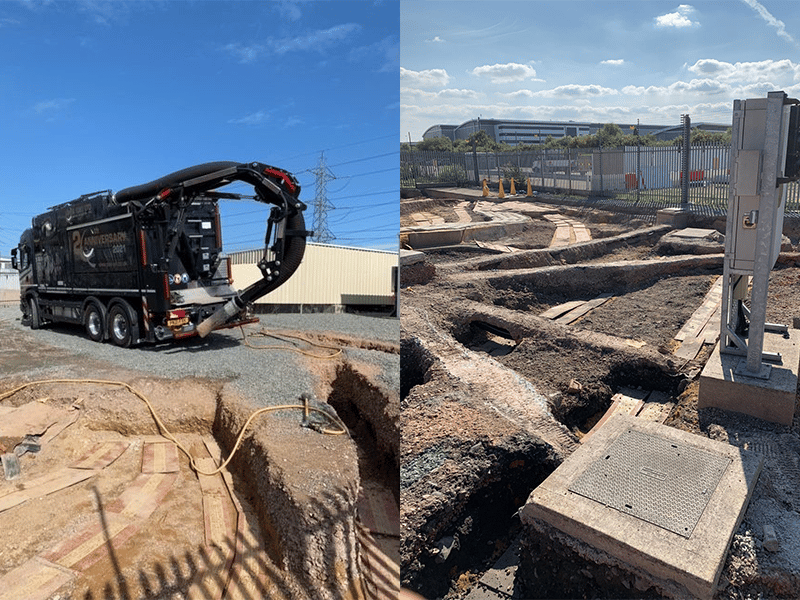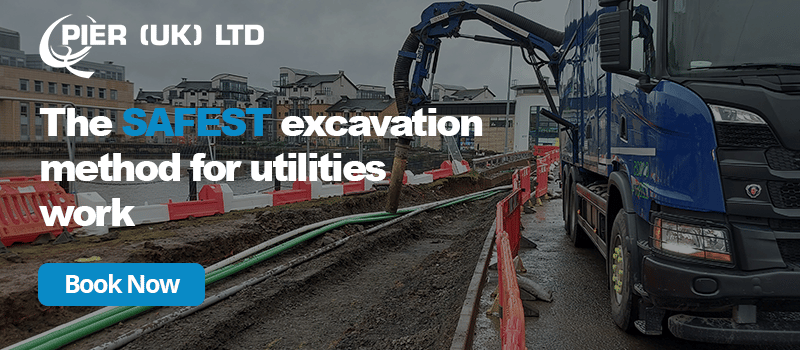Using vacuum excavation is one of the easiest and most effective ways to locate underground utilities.
Vacuum excavation technology has existed since the fifties but in the last ten years the versatility and safety benefits have been noticed by more and more companies.
A few decades back, water, gas, and sewer were the only utilities that were buried underground. Because of dire necessity and the advancement of technology, more utility lines have been placed underground, making our landscape a maze of buried pipes and cables.
The increase in buried utilities created the need to locate them prior to the start of any construction project. Locating utilities is vitally important – not just to prolong their life, but preventing damage to buried infrastructure, in turn reduces the risk of injury to workers makes locating utilities vitally important.
Potholing
A standard practice for locating utilities is known as “potholing” or “daylighting”. This is an investigative construction method whereby the location of underground utilities is exposed. It confirms the location of utility lines on site and any other existing structures that may be in the defined area.
As vacuum excavation is faster and less labour-intensive, it is quickly becoming the number one choice for potholing.
With vacuum excavation, the soil is displaced with an air lance and removed by suction. Displaced soil is vacuumed in to a holding tank to use later as fill or to be removed from the job site. Depending on soil conditions, typical potholes can be completed in less than 30 minutes. Vacuum Excavation also carries the following advantages:
- Less impact on the environment and minimises damage to utilities.
- Quieter: producing less vibration than other equipment, which reduces operator fatigue.
- Easy to position on the worksite and easy to use.
In Practice
A perfect example was when we were in Dorest excavating electrical utilities around a substation in Wimbourne. Our client thought there were only 3 cables coming into the substation, but we uncovered 18 cables in total!
Read related articles:
- 4 Reasons Why Vacuum Excavation Is The Right Choice For Your Project
- How Vacuum Excavation Can Assist You



